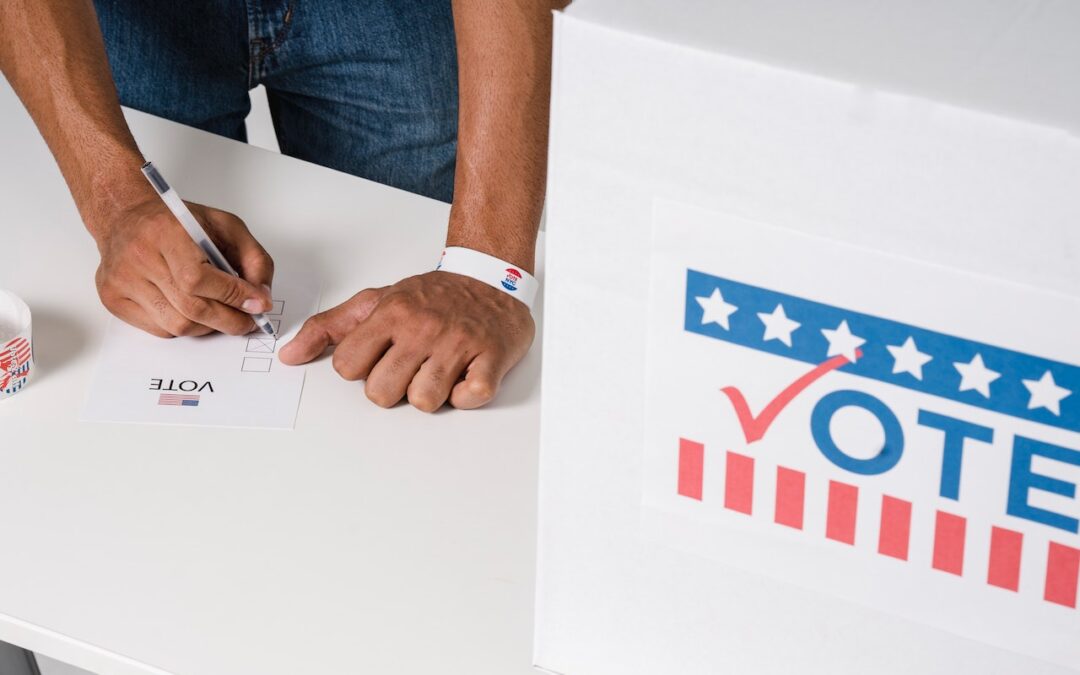Introduction
The labyrinthine world of political advertising has undergone significant transformations over the years, particularly with the advent of digital media. These innovations have presented campaigns with unparalleled opportunities for targeting and influencing voters. This article aims to dissect the complex relationship between political advertising and voter behavior through an in-depth look at key case studies that have shaped the landscape of modern politics.
The Historical Context
Understanding today’s political advertising landscape necessitates a brief journey back in time. Previously limited to traditional platforms such as newspapers, radio, and television, political advertising has metamorphosed with the digital age, embracing an array of new channels including social media, email, and various web-based initiatives. This expansion increased the scope and introduced complex data analytics, personalization algorithms, and real-time feedback loops.
Case Study 1: The 2008 Obama Campaign – Pioneering Social Media Strategy
Barack Obama’s 2008 presidential campaign stands as a cornerstone in the annals of political advertising for its innovative use of social media. The campaign harnessed the power of platforms like Facebook, Twitter, and YouTube to engage with voters, especially the younger demographic.
Impact
- Youth Engagement: Social media broke down traditional barriers to reaching younger voters, many of whom were first-time voters. The campaign effectively used these platforms to simplify complex policy issues and galvanize this age group to vote, contributing to increased voter turnout among 18-29-year-olds.
- Real-Time Interaction: The campaign maximized the interactive features of social media to keep voters engaged. Forums, live chats, and real-time updates allowed Obama’s team to maintain a continuous dialogue, reinforcing his message and responding to real-time issues or controversies as they arose.
- Data-Driven Decision-Making: Through sophisticated data analytics, the campaign identified key demographics and swing states, optimizing ad spending and messaging accordingly. This allowed them to allocate resources where they would have the most significant impact.
Case Study 2: The 2016 Trump Campaign – The Provocative Approach
The 2016 Trump campaign is often cited as a masterclass in harnessing the power of controversy. Provocative messages, confrontational style, and constant media engagement were hallmarks of this approach.
Impact
- Polarization: The use of divisive issues and controversial statements by the campaign didn’t just capture headlines; it also solidified Trump’s base by appealing to deeply held beliefs, while simultaneously polarizing the broader electorate.
- Media Leverage: Controversial messages often became the topic of media debates, inadvertently amplifying Trump’s messages beyond paid advertising and reaching a broader audience.
- Micro-Targeting: Leveraging the power of big data and machine learning, the Trump campaign was able to create highly customized messages for specific demographics, thereby increasing the effectiveness of their outreach efforts.
Case Study 3: Local Elections – The Significance of Grassroots Advertising
Local elections provide a microcosm to study the effects of grassroots political advertising. Given the smaller scale, localized concerns take precedence, and the outreach channels are more community-oriented.
Impact
- Community Engagement: Because local elections often hinge on community issues such as school board decisions, tax changes, or public safety, candidates who leverage these in their advertising can forge a stronger connection with voters.
- Cost-Effective Outreach: The lower costs associated with digital advertising make it an ideal choice for local candidates, who might lack the substantial funding of national campaigns. This democratizes the electoral process, allowing lesser-known candidates a fighting chance.
Concluding Thoughts and Future Trends
Political advertising’s impact on voter behavior is an evolving narrative, with new chapters being written as technological advancements like artificial intelligence and machine learning become more sophisticated. While these technologies hold the promise of even more precise targeting, they also bring forth ethical questions about voter manipulation, data privacy, and misinformation.
Gaining a nuanced understanding of political advertising’s impact on voter behavior serves both academic and practical purposes. It offers political strategists invaluable insights into optimizing campaign strategies while empowering voters to better understand the forces shaping their electoral choices.






